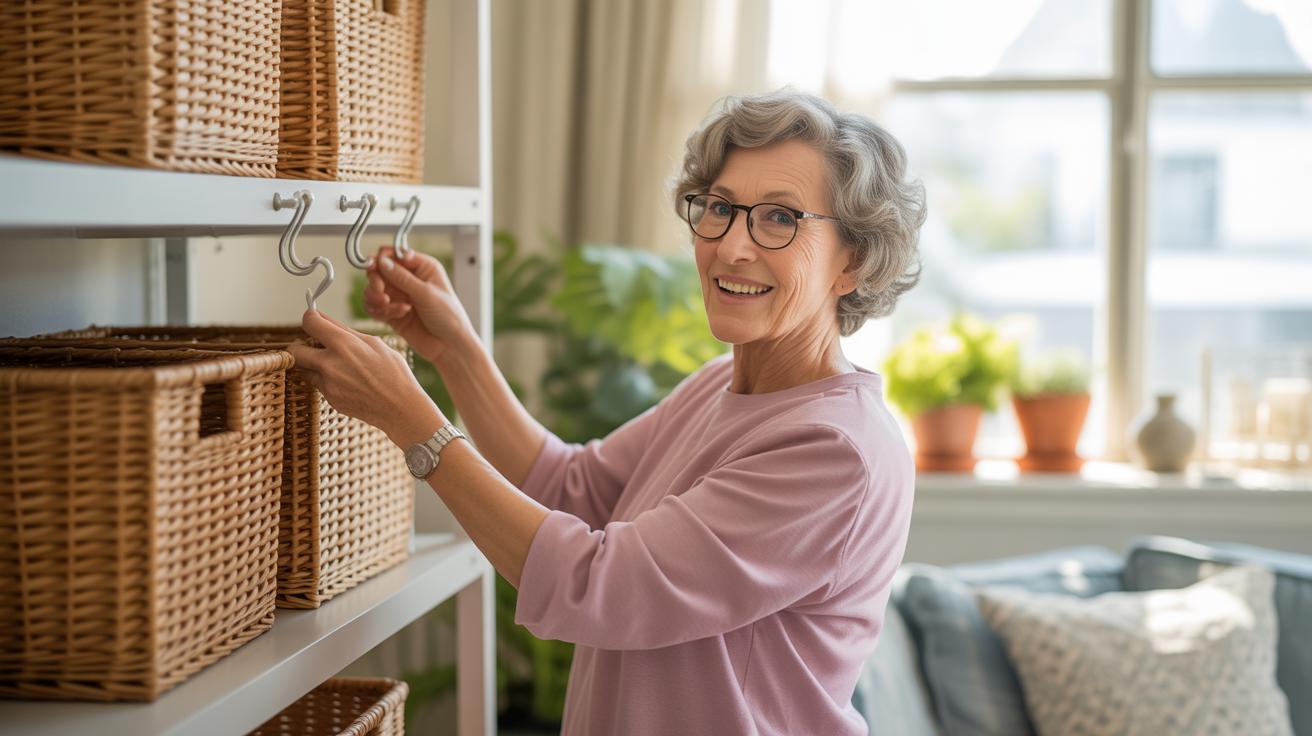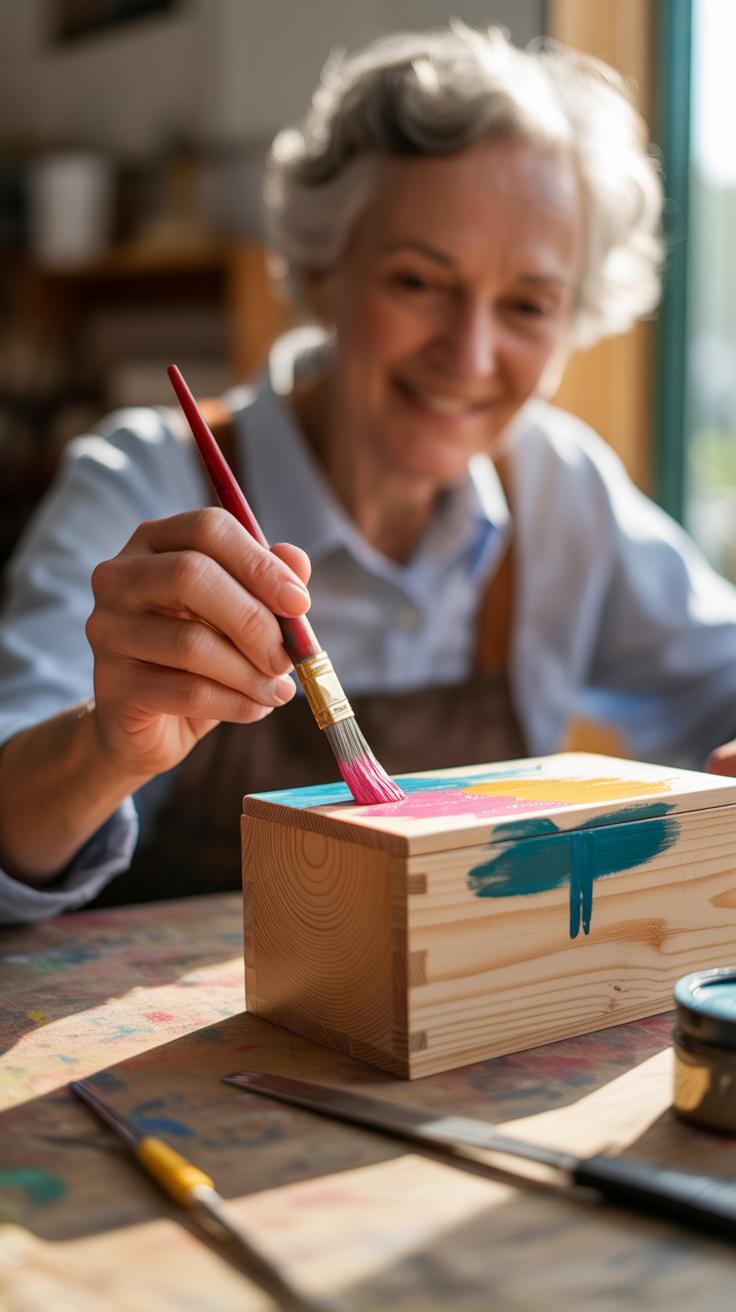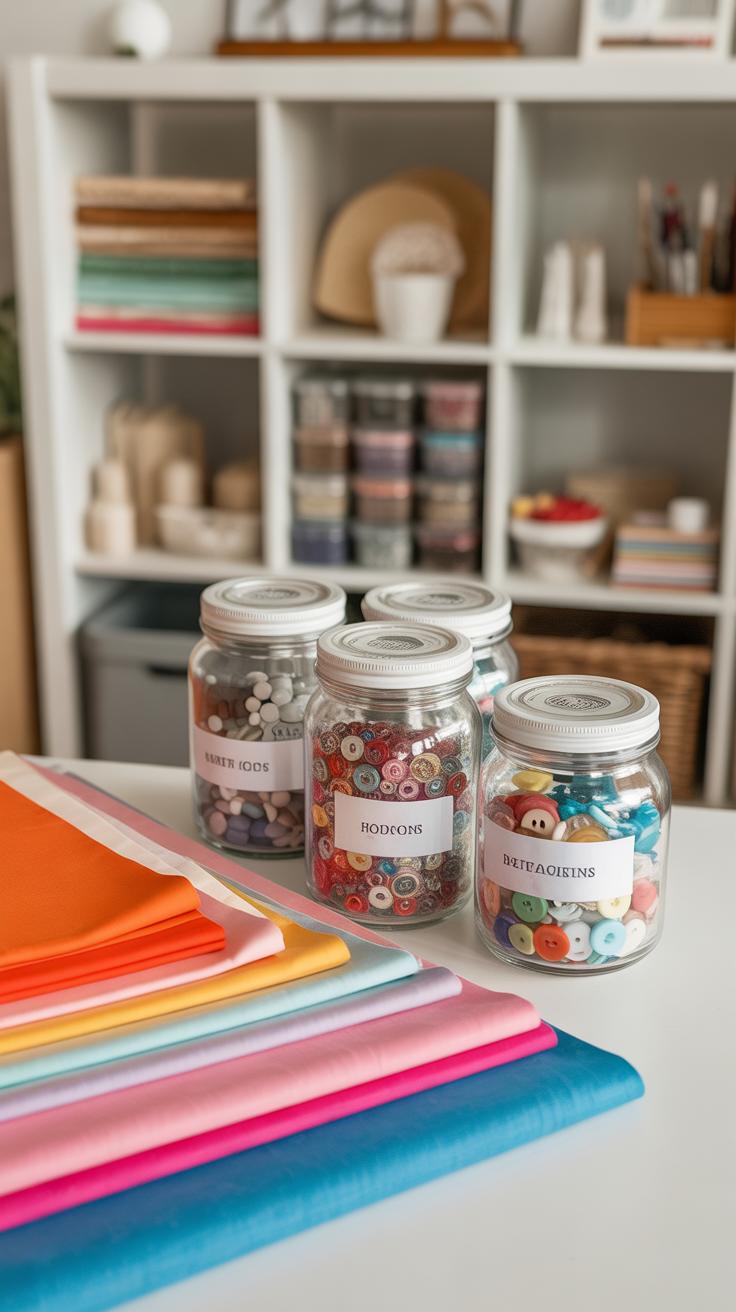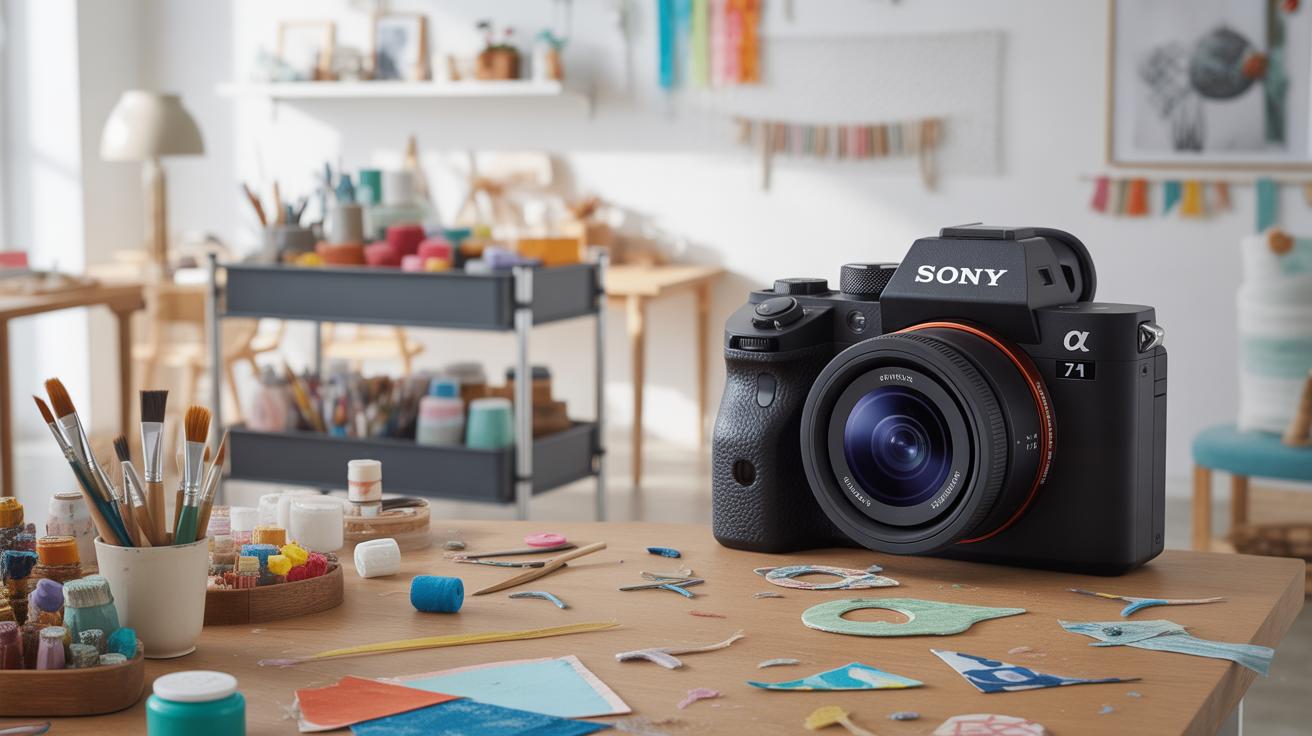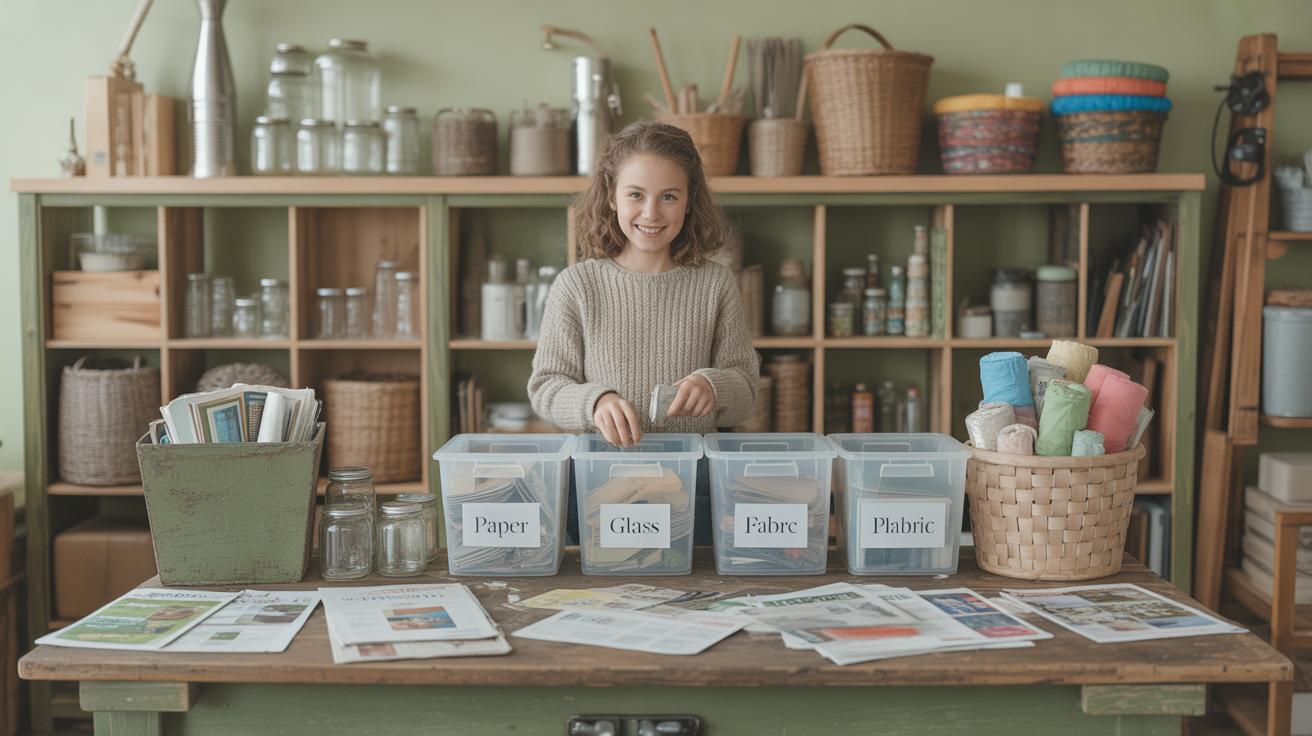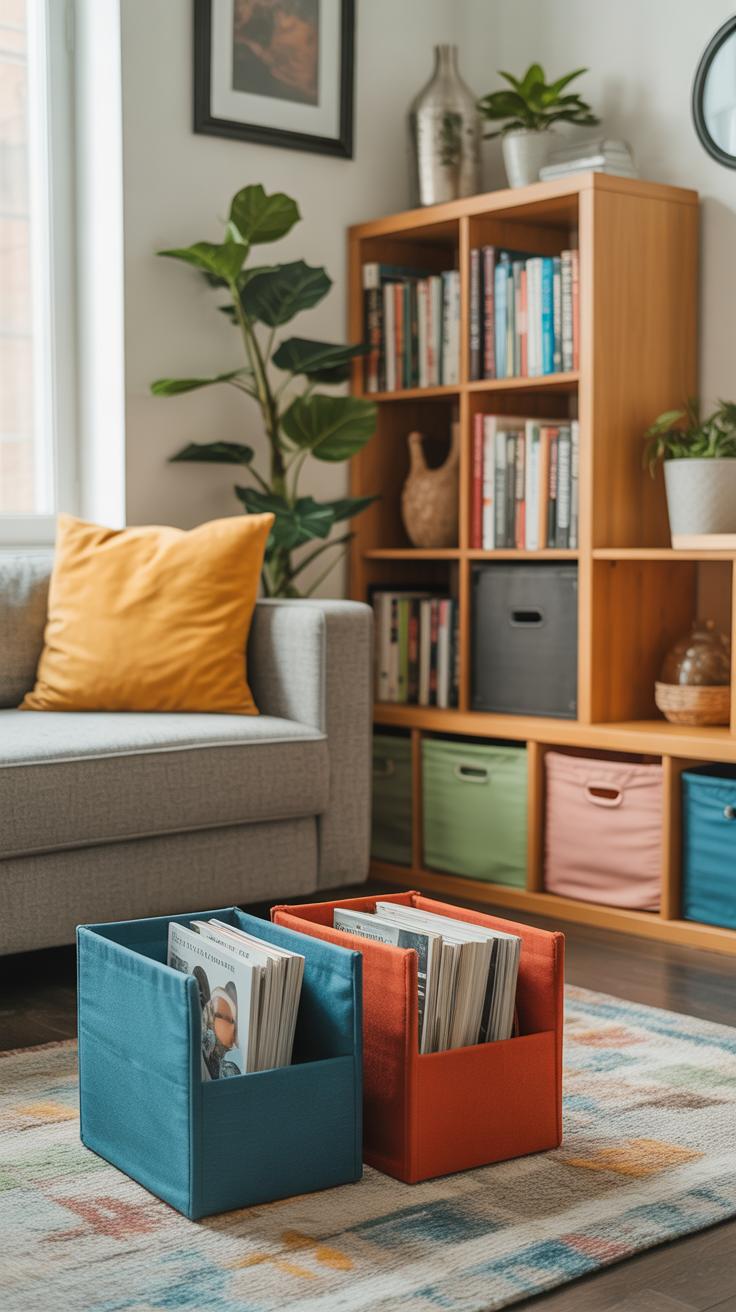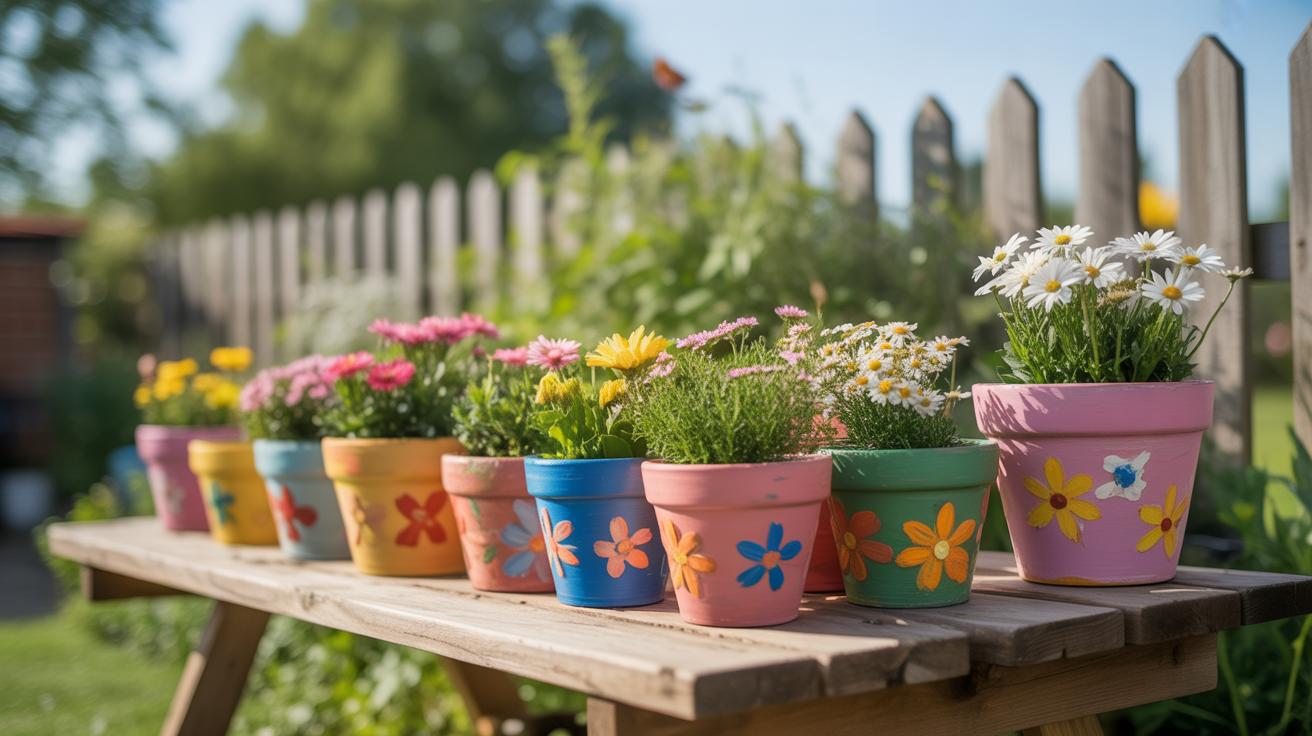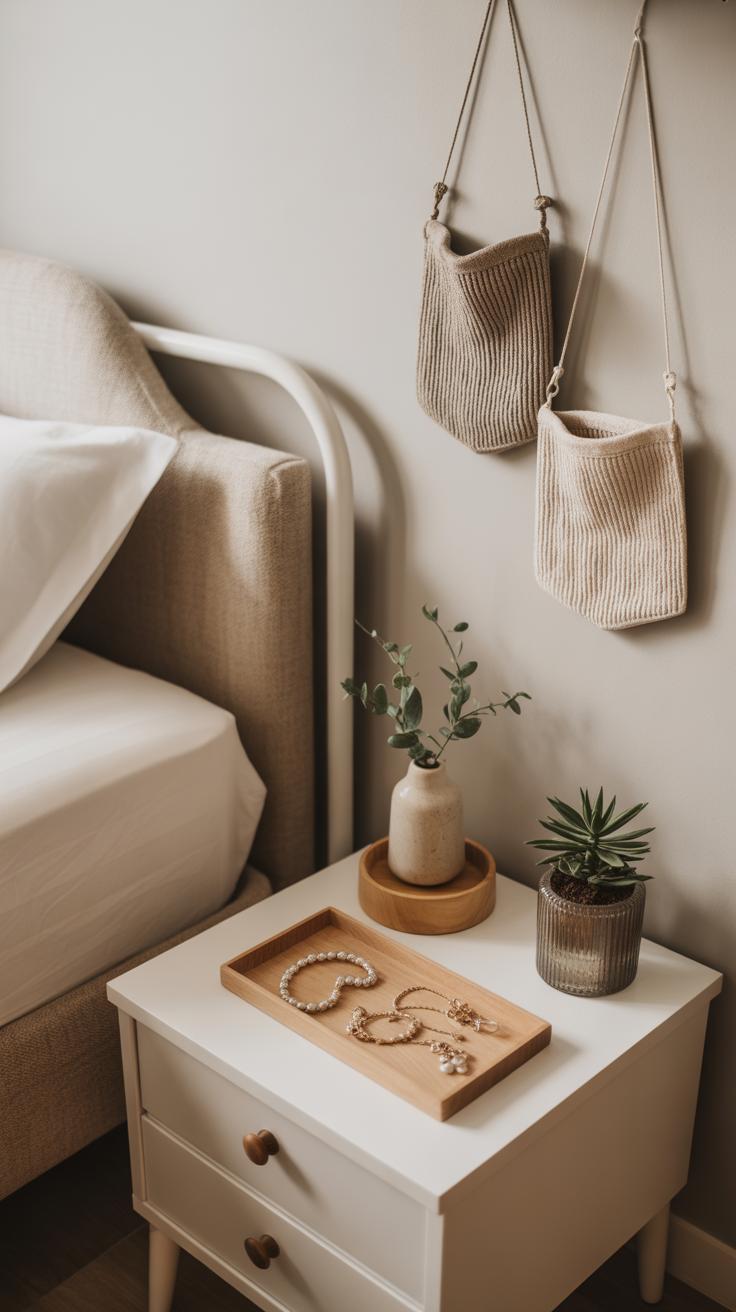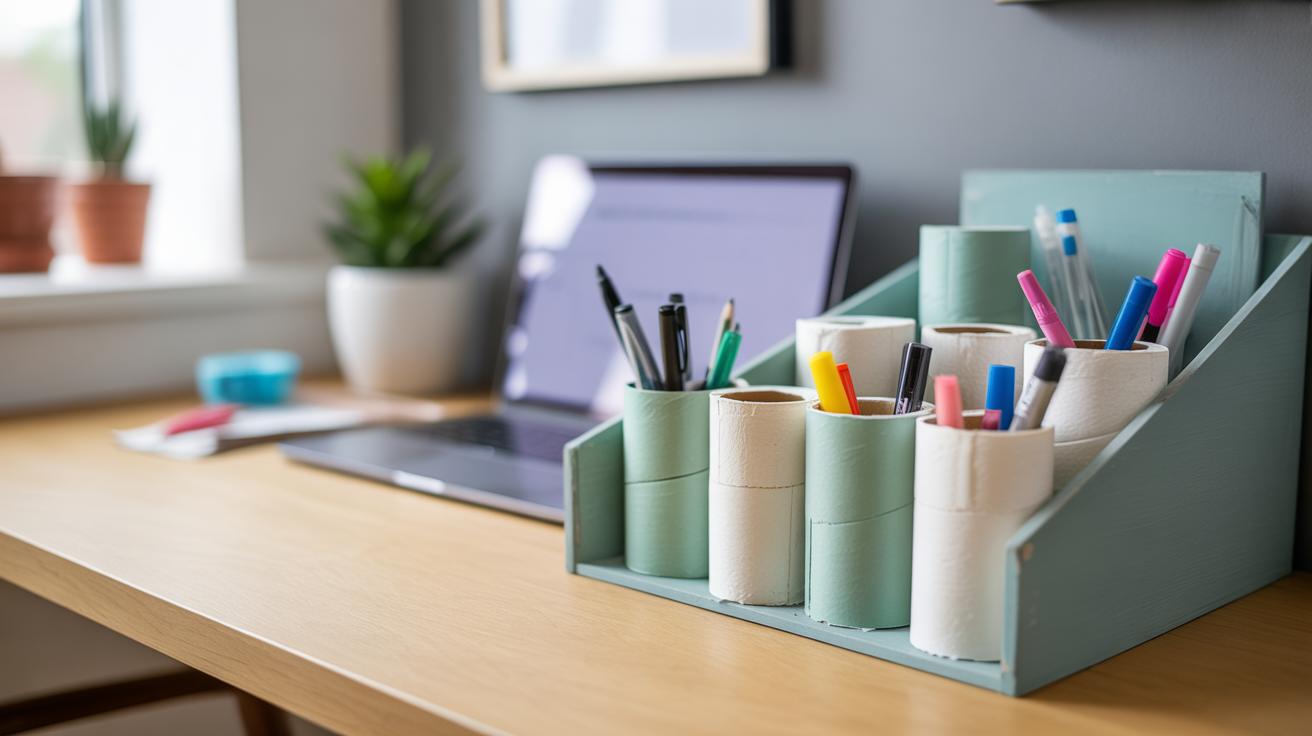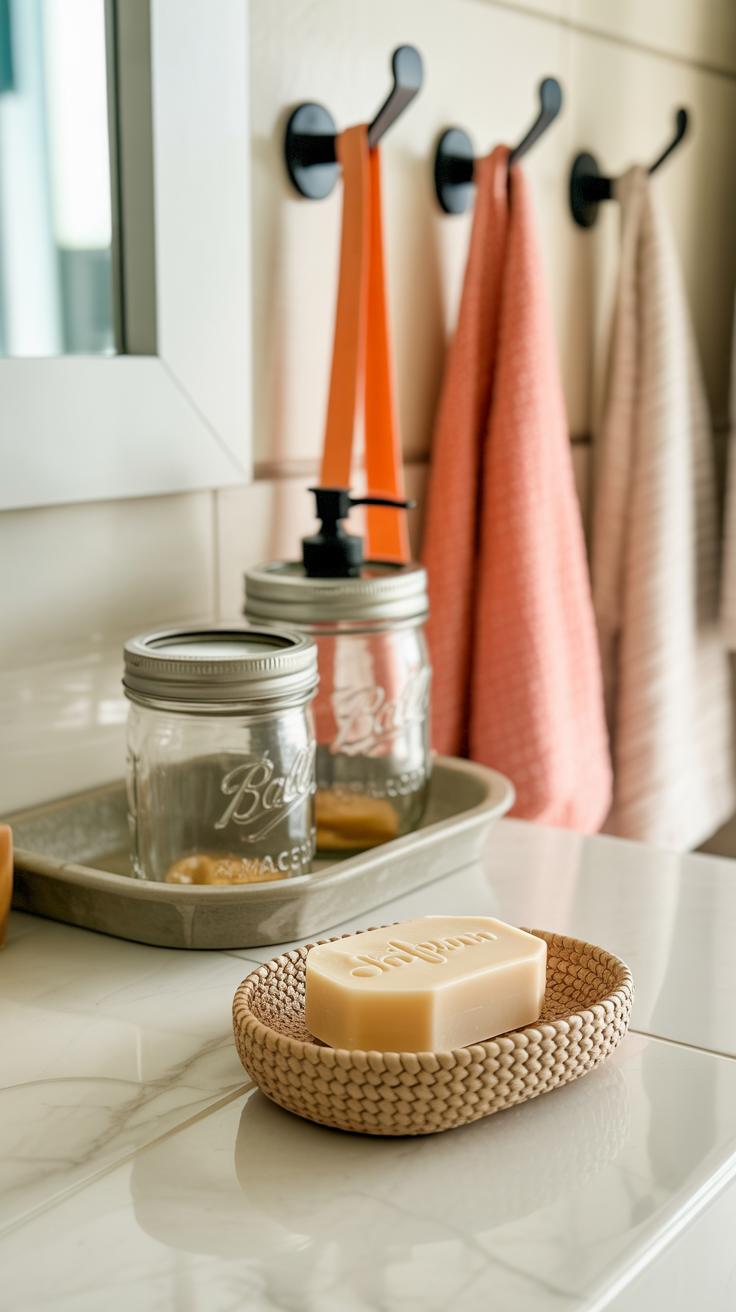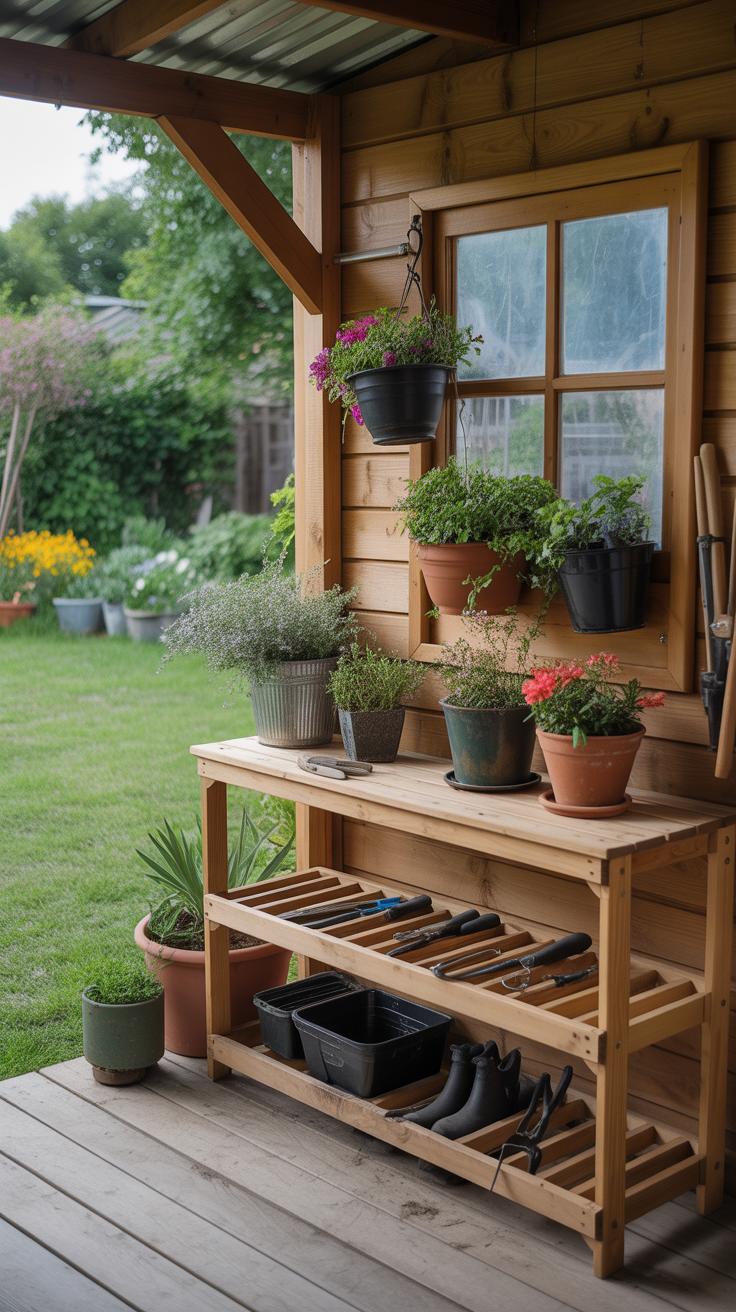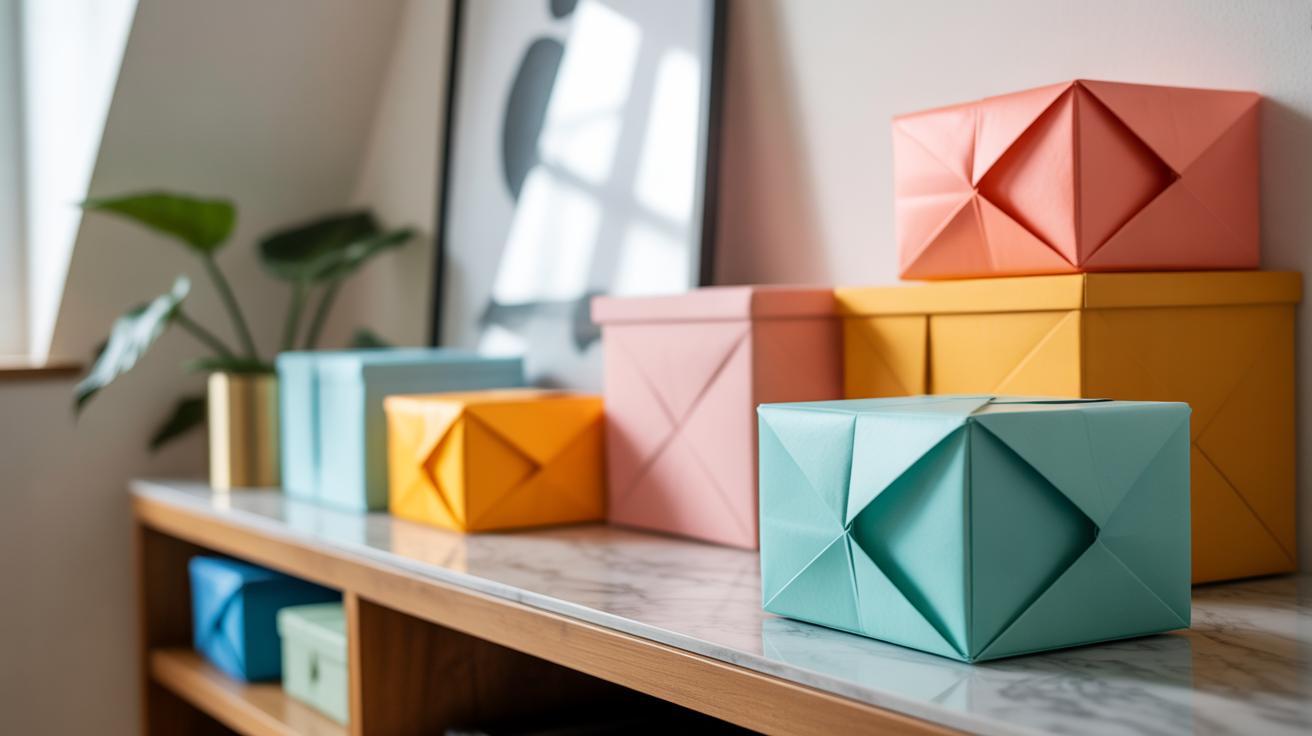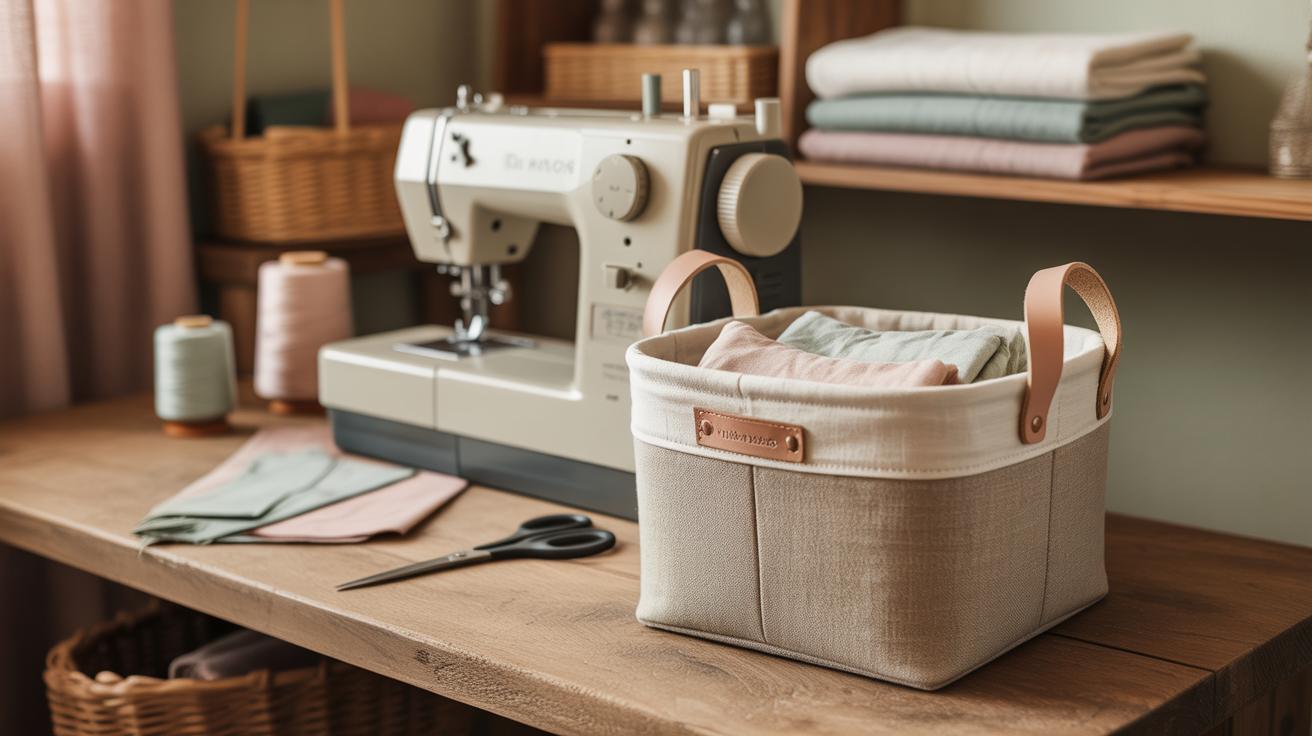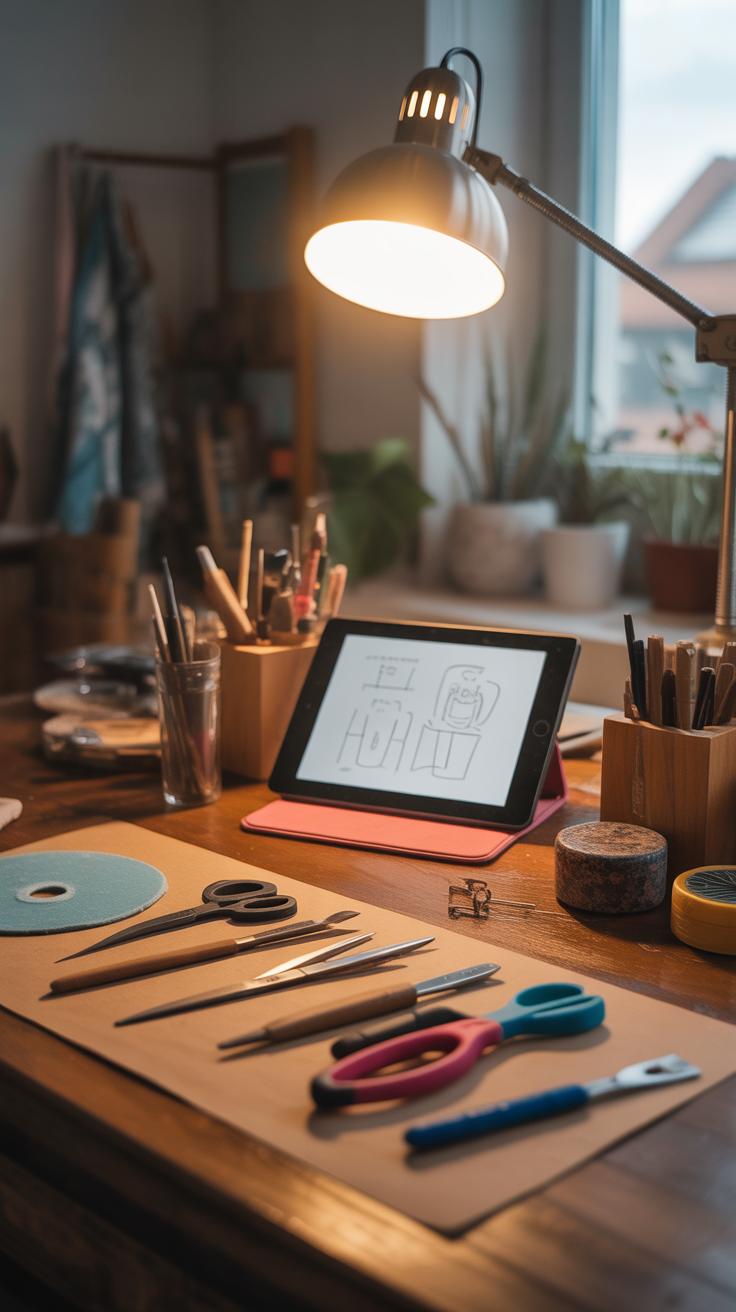Introduction
Crafts can be a wonderful way for seniors to enhance home storage. Creating storage solutions with crafts can help keep your home tidy and organized while allowing you to engage in a fun and rewarding activity. Crafting for home storage gives you a chance to customize your space according to your needs and preferences.
This article explores a variety of practical and easy craft ideas designed specifically for seniors. These crafts are not only fun and doable but also help improve the functionality of your home storage. You’ll find ideas to organize everything from kitchenware to personal items while enjoying the creative process.
Benefits of Crafting for Seniors
Crafting can be surprisingly powerful. For many seniors, it’s more than just making something pretty—it’s a way to keep the mind busy and body moving. When you work on a project, you engage your brain, juggling ideas, planning steps, and solving little problems along the way. This kind of mental workout helps with memory, focus, and overall cognitive health. Some days, a craft project might feel challenging, almost frustrating, but finishing it often brings a real sense of satisfaction.
Physical motion matters too. Handling materials, cutting, folding, or painting can keep your hands active and nimble. Even simple actions can support fine motor skills, which tend to decline with age. So crafting gently encourages coordination without overwhelming effort.
Mental and Physical Benefits
Staying mentally sharp isn’t always easy, but crafting offers steady, consistent practice. Whether you’re organizing storage with handmade baskets or decorating containers, each step requires attention and care. This kind of engagement can slow down forgetfulness or decrease mental fog. It’s quite something to see how focusing on patterns or colors might also spark little bursts of joy or calm.
On the other hand, physical movement during crafting isn’t about intense exercise but rather gentle motion. This can help maintain dexterity and even improve hand-eye coordination. For some, it might also ease joint stiffness, or at least provide a mild distraction from aches.
Crafting as a Social Activity
Sometimes crafting pulls people together unexpectedly. Joining a craft group or simply chatting while working alongside someone can introduce a fresh layer of connection. That social bond may ease feelings of isolation that often creep in with age. It might seem small, yet sharing tips or swapping stories while crafting creates a quiet camaraderie.
Even when done alone, crafting can feel like a conversation with yourself—an outlet for thoughts and memories. That alone can improve mood, but when shared, it can strengthen relationships or even spark new friendships. So crafting has a way of bridging gaps, whether between others or within yourself.
Choosing the Right Craft Materials
When choosing materials for home storage crafts, it helps to keep safety and comfort in mind. You want something easy to handle without causing strain or frustration, especially if you’re working on fine details or bigger projects. Some materials just feel better in your hands and don’t require too much effort to cut or glue.
Felt is a favorite for many seniors—it’s soft, doesn’t fray, and you can cut it easily with regular scissors. Foam sheets are another good option. They’re lightweight and forgiving if you make a mistake because you can trim or reshape them without fuss. Lightweight wood, like balsa or thin plywood, feels sturdy but isn’t too heavy to move around. Plus, tools needed are usually simple, like a small saw or a craft knife, but still, it’s good to be cautious if your hands aren’t as steady.
Fabric is also worth considering, especially cotton or flannel, which don’t get tangled or stiff as some others might. You can sew or glue fabric to create soft containers or covers for boxes.
As for finding these supplies, you might enjoy browsing local craft stores, especially ones that cater to hobbyists. They often have sales or discounts for seniors, which is always nice. If you prefer shopping from home, websites like Amazon or specialized craft sites offer a broad range and sometimes budget-friendly bundles. Sometimes, community centers or libraries have craft swaps or free materials—have you checked those out yet? You might find interesting bits you wouldn’t normally consider buying.
Choosing the right materials can shape how much you enjoy the project, so maybe try a few small samples before committing. It’s a small step that might save a lot of hassle later on.
Crafts to Organize the Kitchen
Organizing a kitchen can feel overwhelming, but simple do-it-yourself projects can make a real difference—especially for seniors who value easy access and clear clutter. One helpful idea is creating DIY jar labels. You could take plain adhesive labels and personalize them with large, clear lettering. Even better, try writing with a permanent marker that won’t fade. That way, when searching for spices or baking ingredients, you spend less time digging and more time cooking.
Making custom racks for your jars and spices is another handy project. Using a small wooden board or repurposed crates, you can build tiered shelves that fit inside your cabinets or on your counter. It keeps jars from crowding every corner and helps you track what’s running low. Honestly, it’s surprising how something so simple changes the whole flow of meal prep.
Hanging storage is practical too, freeing up cabinet space and keeping utensils within reach. Crafting hanging baskets or racks using lightweight materials like wire or thin wood strips lets you store pots, pans, and even cutting boards. You might try attaching hooks to a wooden plank or weaving baskets from recycled fabrics. One time, I made a hanging rack with some old ropes and painted wooden boxes—it wasn’t perfect, but it worked well and felt satisfying.
These small projects improve not just organization but also ease of cleaning. Cooking becomes smoother when everything has a designated spot just an arm’s reach away, making kitchen tasks less tiring. It might take time to set up, but once in place, these crafts enhance daily rhythms more than you’d expect.
Craft Projects for Living Room Storage
Your living room can quickly become cluttered with magazines, remote controls, and little odds and ends that don’t quite have a home. Making your own storage pieces can not only help clear the space but also add a personal touch. For example, crafting decorative storage boxes from cardboard or wood lets you customize colors and patterns to fit your existing decor. If you enjoy painting or decoupage, these boxes can become part of the room’s charm instead of just something functional.
Start by choosing the size and shape you need, then gather materials like sturdy cardboard, wood panels, or even repurposed drawer dividers. Cover them with fabric, wallpaper scraps, or paint. You might find that an elegantly painted box on a side table holds knitting supplies or controllers, helping keep everything neat without feeling like a chore.
When it comes to magazines and books, simple custom holders can create order out of piles. Wooden crates, old fruit boxes, or even cardboard reinforced with tape can be turned into clever holders. You can line them with fabric or paper for a softer look. I once made a magazine holder from an old wine crate and it worked surprisingly well—not too heavy, easy to move, and it fits snugly beside my favorite armchair.
Consider what you find yourself reaching for most in the living room. Could it be easier to keep those items tucked away but still within reach? Small, handcrafted holders and boxes may seem simple but they have a way of improving daily life without a lot of effort.
Crafting Storage Solutions for Bedrooms
Bedrooms can get cluttered quickly, especially with clothes, accessories, and personal items scattered around. Crafting your own storage pieces—not just buying plastic bins—can make a big difference. One idea that’s surprisingly simple and very useful is making DIY drawer dividers.
DIY Drawer Dividers
Think about a sock drawer or maybe a dresser top—you open it, and everything’s just piled in there. Dividers can change that. Use thin wood strips, sturdy cardboard, or even foam board to create sections. Cut them to fit snugly inside your drawers. You don’t need nails or screws; a bit of double-sided tape or Velcro works fine if you worry about messing up furniture. I once made some using cereal boxes covered in decorative paper. It wasn’t perfect, but it helped separate socks from scarves and made finding things less frustrating.
Try adjusting the sizes of compartments to fit what you have. Small sections for jewelry or watches, bigger ones for folded T-shirts. If you move things around, just reconfigure your dividers—flexibility feels so good when dealing with changing wardrobes.
Closet Organizers
Closets offer plenty of space, but it’s often wasted. Hanging fabric organizers are easy to craft yourself. Get some leftover fabric or old tablecloths, sew or even glue pockets vertically on a sturdy backing, then hang it from a rod. These pockets hold smaller items like scarves or belts and make them visible, which means less time hunting.
Alternatively, small storage bins can be made from shoe boxes covered with fabric or decorative paper. Label them simply with markers or printed tags. Even if your closet feels cramped, adding these bins on shelves stacks things neatly. It’s about making things reachable and visible.
Have you noticed how sometimes the simplest changes make your routine smoother? Maybe that’s why crafting these organizers feels worth the time, even with occasional “uh-oh” moments. At least you end up with storage that fits your needs—and that’s where the value really lies.
Bathroom Storage Crafts
Bathrooms tend to be tight spaces, and organizing them can feel like a puzzle. Craft projects tailored for these small areas help keep clutter under control—and you might be surprised at how simple supplies turn into practical solutions. Making your own towel holders, for instance, using craft rope or fabric, is straightforward. You can twist and knot rope into loops or baskets—a nice way to hold rolled towels or washcloths without taking up shelf space.
Fabric baskets are another option. Using scrap fabric or old clothes, sew simple rectangle shapes with handles. They’re light, washable, and flexible enough to fit into narrow cabinets or under the sink. It doesn’t need to be fancy; a bit of stitching and some glue will do. I once made a fabric basket from an old shirt, and it’s surprisingly sturdy—and it brightened the bathroom.
Wall-mounted organizers bring storage vertically, freeing counter space. A few wooden planks or repurposed drawer fronts attached with hooks create shelves perfect for toiletries, brushes, or small jars. You might treat this as a small weekend project, experimenting with pegboards or hooks for extra hold. It’s a neat way to craft, plus you customize exactly what you need at arm’s reach. And yes, making these might take a bit of trial and error; that’s part of the process.
Outdoor and Garden Storage Crafts
When it comes to organizing outdoor spaces, especially gardens, simple crafts can make a big difference. You might find it tricky to keep gardening tools from cluttering up your porch or shed. Making your own tool holders can be a practical and satisfying project. For example, a wooden rack with hooks can hold trowels, rakes, and pruners neatly in one place. If you prefer something a bit more creative, recycled materials like old pallets or leftover planks work well and add character.
Think about customizing it—paint it in your favorite color or add labels for each tool. It’s not just storage; it becomes part of the garden’s charm. Speaking of charm, crafting decorative plant containers is also rewarding. You could repurpose old teacups, tin cans, or even stones to create small pots that brighten corners of your garden or patio. These containers keep plants organized and give you a chance to express your style.
One neat trick is lining containers with plastic to protect the material and soil, which might otherwise cause damage. Have you ever tried using a wooden crate turned sideways as a multi-level planter? It’s surprisingly simple and makes good use of vertical space. These crafts do require a bit of patience and a willingness to experiment. But once you start, you might find organizing your outdoor space feels less like a chore and more like a little project you look forward to.
Maintaining Your Craft Storage Solutions
Once you’ve created your storage crafts, keeping them looking nice and working well can take a bit of effort—but it’s usually worth it. Think of it as a small ritual that keeps your projects useful for longer. A quick, gentle wipe with a damp cloth can do wonders, especially on wooden or painted pieces. Avoid harsh chemicals; they might wear down your handiwork faster than you expect.
Sometimes dust or little marks settle in nooks and crannies. A soft brush or an old toothbrush can help get into those tricky spots without damaging delicate parts. You might be surprised by how much brighter and cleaner your craft looks after just a quick once-over.
Now, if something starts to look worn or a bit loose, fixing it doesn’t have to be difficult or costly. Loose seams or joints? A dab of glue or some light sewing might be all it takes. Repainting small scratches or reapplying a protective coat can also freshen things up nicely. Ever thought about adding new knobs or handles? That’s one easy way to give your piece a fresh feel without starting from scratch.
And if it feels like your craft isn’t quite fitting your space or needs anymore, don’t hesitate to tweak it a bit. Maybe a shelf needs reinforcing, or a basket could use a fresh lining. These little updates often extend the life of your storage and keep it looking relevant.
Do you find yourself avoiding repairs? Sometimes it can feel easier to make something new than to fix what you have. But a bit of patience here can save time and money—and, honestly, it can be quite satisfying to breathe new life into something you made yourself. Give it a try; you might discover some hidden talents.
Getting Started with Your First Storage Craft
Choosing your first storage craft can feel a bit overwhelming, especially if you’ve never tried something like this before. But really, starting simple is the way to go. Maybe you’ve noticed a pile of mail or keys always ending up in random spots. That’s a great place to begin—you could make a small wall-mounted organizer for these everyday items.
Pick a project that fits your space and your confidence level. If you’re unsure about tools or materials, go for something that uses basic supplies, like wood scraps or even recycled boxes. The goal is to create something useful without getting stuck in complicated steps.
Here’s an easy starter project: a paper organizer made from a wooden crate or shallow box. You’ll need a crate, some paint or stain, and small hooks or clips. Begin by sanding the crate lightly. Paint or stain it to match your room. Then add hooks on the sides for keys or notes. Finally, place it near your entryway or desk to catch mail and small items.
Step-by-step:
- Sand the wooden crate to smooth rough edges.
- Paint or stain it as you prefer; let it dry completely.
- Attach small hooks or clips to hold keys or notes.
- Mount it on the wall or set it on a table near your usual drop-off spot.
This project is quick, useful, and, frankly, gives you a small success to build on. Plus, it’s flexible—you can adjust the size or decoration as you like. Once you see how satisfying it is to organize a cluttered spot, you might feel more ready to try another craft. So, why not give it a go? Even a small change can brighten your daily routine.
Conclusions
Crafting your own storage solutions is a great way to stay active and keep your home organized. The ideas shared here show that simple materials and easy techniques can turn cluttered areas into neat and accessible spaces. You have the power to make your home more comfortable and practical through crafts.
By using these craft projects, you can improve your storage without buying expensive organizers. Remember, crafting is about enjoying the process and personalizing your space. Try out these ideas and see how much easier it is to keep your home tidy and well-arranged.

